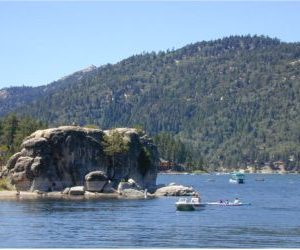It’s hard to believe that I’ve been here in Claremont, California for almost a full year. With our seed collecting season completed and my time here winding down, I’m enjoying the sunny weather and February warmth while I still can. Next week’s arrival in Michigan will be kind of a reality check for me, but I’m also excited to go home. After a full year of field experience, GIS training, a workshop in the Grand Canyon, a conference in Missouri, and hundreds of trips out to Southern California’s deserts and mountains, I’m excited to see what my current job search brings me. My experience with the CLM internship has been an unbelievable opportunity for me to get out and experience new ecosystems, plants, people, and cities. This pasts year’s experiences have allowed me to refine my biological interests while living independently more than 2,000 miles away from any family or friends. The people with whom I’ve worked and the friends that I’ve made here in California won’t soon be forgotten, nor will the promise of a sunny wintertime refuge in the southwest.
As I make my way out into the world a year after accepting my CLM position, I can’t help but realize that while I was an intern, the US economy hasn’t really gotten any better, and the unemployment rate has gotten worse. Considering how bad the economy was when I started the position, the financial security gained through my work experience is extremely valuable. More importantly, I feel that with another year of field experience to fill out my resume, my prospects for a next job in 2011 are good. It’s the dead truth that it takes more than just a degree to get work in this economy, and the CLM internship program has provided me with the experience I need to give me an edge on the job market. This internship has also gotten me connected to fellow botanists and conservation biologist in Southern California and otherwise. These connections are now coming in handy as I call around and explore the job market. The CLM internship program is a great resource for young people in conservation fields and provides a beacon of hope in an otherwise dismal job market for recent college graduates. My experience here will be remembered as I bring my California experiences with me back to the Midwest.
Cheers,
Drew Monks
CLM Intern- Rancho Santa Ana Botanic Garden
Claremont, CA







